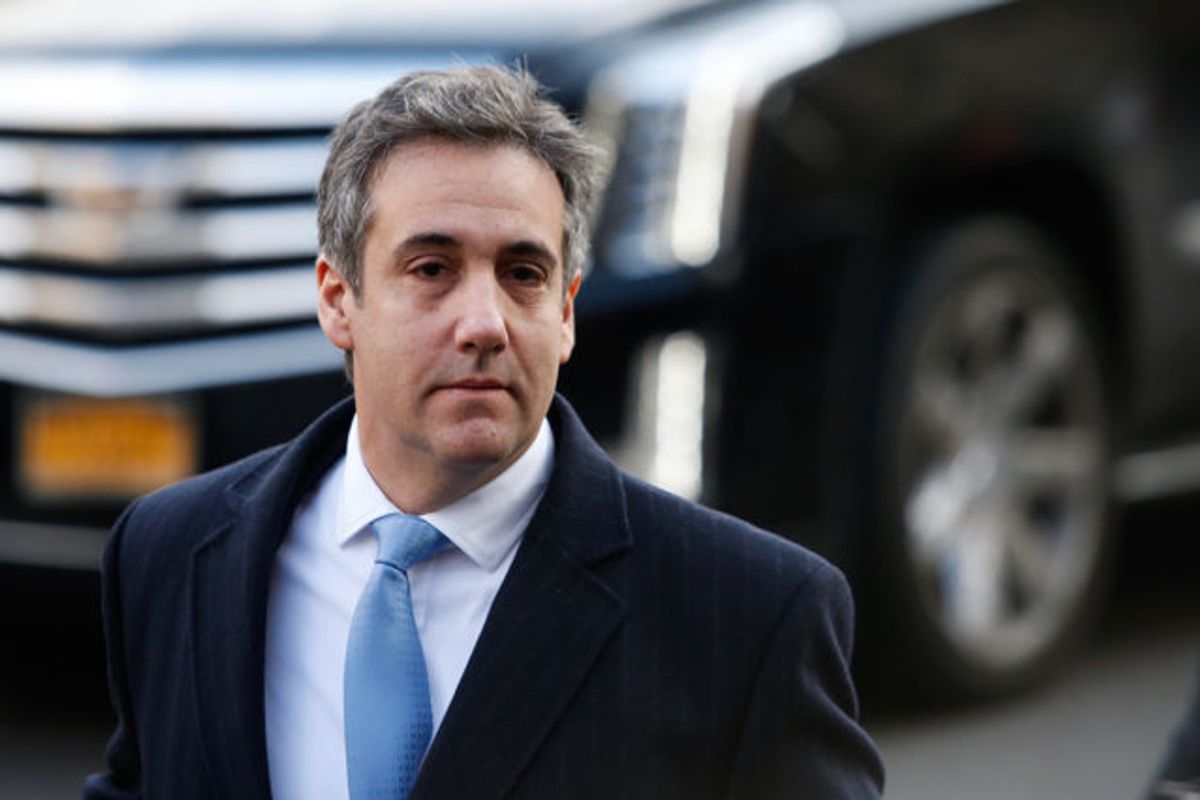
By David G. Savage, Tribune Washington Bureau
WASHINGTON — The coming legal battle over President Barack Obama’s far-reaching climate-change rules will probably turn on the meaning of one word in the Clean Air Act of 1970 — “system.”
Under the landmark anti-pollution law, the Environmental Protection Agency is empowered to require states to apply “the best system of emission reduction” to existing power plants.
In the past, that system usually was interpreted to refer to technology used to reduce emissions pouring from a smokestack, such as a scrubber or a device to capture soot.
In unveiling its much-anticipated carbon-emissions rule, however, the EPA is seeking to define the word more broadly to describe a state’s entire system for producing power and controlling pollution.
By that expanded standard, a state could meet the EPA’s proposed carbon-reduction target not only by installing new technology at plants, but also by switching to cleaner-burning natural gas-fired plants, adding solar or wind power, participating in market-based pollution credit programs or encouraging consumers to use less electricity.
The Obama administration’s proposal, announced Monday, seeks to cut carbon emissions nationwide 30 percent by 2030 from their 2005 level. It would mark one of the nation’s biggest steps to date toward addressing pollution and climate change.
Critics say the EPA’s interpretation is something new, but environmental activists insist the broader definition always was envisioned by Congress.
“That will be the key issue in the court cases: What does the word ‘system’ mean?” said Thomas Lorenzen, a Washington lawyer who led the Justice Department’s defense of environmental laws for the past decade.
“Does it include natural gas, wind, solar, nuclear and coal, or is it just what you can do at that plant? There is no easy answer here, and we won’t know for sure until the courts tell us,” he said.
Janet McCabe, the EPA official who led the drafting of the proposed new rule, said this use of the law “gives us room to be creative, innovative and flexible.” Giving states the power to devise individualized programs for meeting the standards is a key selling point of the plan.
EPA supporters noted that the agency had little choice in widening its sights beyond plant-based remedies because significant national emission reductions would be almost impossible — and highly expensive — if relying strictly on plant upgrades or new technology.
But industry lawyers accused Obama’s regulators of stretching an obscure clause of the Clean Air Act, Section 111(d), beyond its breaking point in an effort to broaden the agency’s authority.
“The fundamental issue is whether EPA can require emission reductions that are separate and apart from power plants,” said Jeffrey Holmstead, a Washington lawyer who held a top EPA post in the Bush administration. “For 44 years, EPA has looked at the emissions rate at the facility. Now they say they can require all sorts of other things.”
The EPA says it hopes to adopt a final rule by next summer. Then the court challenges will begin.
In recent years, the energy industry and Republican-led states sued to block Obama administration environmental regulations, usually arguing the rules go beyond what the law allows.
But three important high court opinions give environmental advocates reason to be optimistic.
In 2007, the Supreme Court ruled, 5-4, that the Clear Air Act gives the EPA power to limit not only noxious air pollutants, like smog and soot, but also climate-changing greenhouse gases that endanger public health.
The Bush administration’s EPA argued that it did not have the authority. But liberal justices, joined by frequent swing vote Justice Anthony M. Kennedy, agreed with lawyers for 12 states, including California and Illinois, who pushed for stronger regulatory powers.
That ruling set the stage for the Obama administration later to adopt new emissions standards for motor vehicles in 2010.
Three years ago, the high court encouraged the EPA to go even further when it opened the door for the agency to regulate greenhouses gases from “existing stationary sources,” such as power plants and factories. That decision became the basis for the proposed new regulations.
And in April, the high court upheld the EPA’s rule to limit “cross state air pollution,” despite fierce objections from industry groups and Republican-led states. The decision cleared the way for rules to address pollution that drifts from one state’s power plants into those downwind.
The EPA’s winning streak may end this month when the court decides a separate case involving the agency’s permitting process designed to curb carbon emissions for new power plants. Some justices questioned whether parts of the rule clashed with provisions of the law. But even if the EPA loses, agency lawyers are confident that the ruling will be narrow and won’t affect the new rules.
Justices are hard to predict in regulatory cases. On the one hand, they often defer to government agencies charged with enforcing the law. But they don’t hesitate to strike down regulations they believe go beyond the clear words of the law.
“I think EPA will be in a strong position in court,” said Sean Donahue, a lawyer who represents the Environmental Defense Fund. “The statutory text is very broad. The states have pushed for flexibility, and that favors a systems-based approach.”
The legal fight will go first to the U.S. Court of Appeals for the District of Columbia. There, Obama’s team may have an advantage.
In the last year, four new Obama appointees have joined the court, tilting the majority in favor of Democrats over Republicans for the first time since the 1980s.
But everyone expects the nation’s highest court to settle the matter. “This will almost certainly go the Supreme Court and be resolved in the next administration,” Holmstead said.
Photo via Wikimedia Commons


